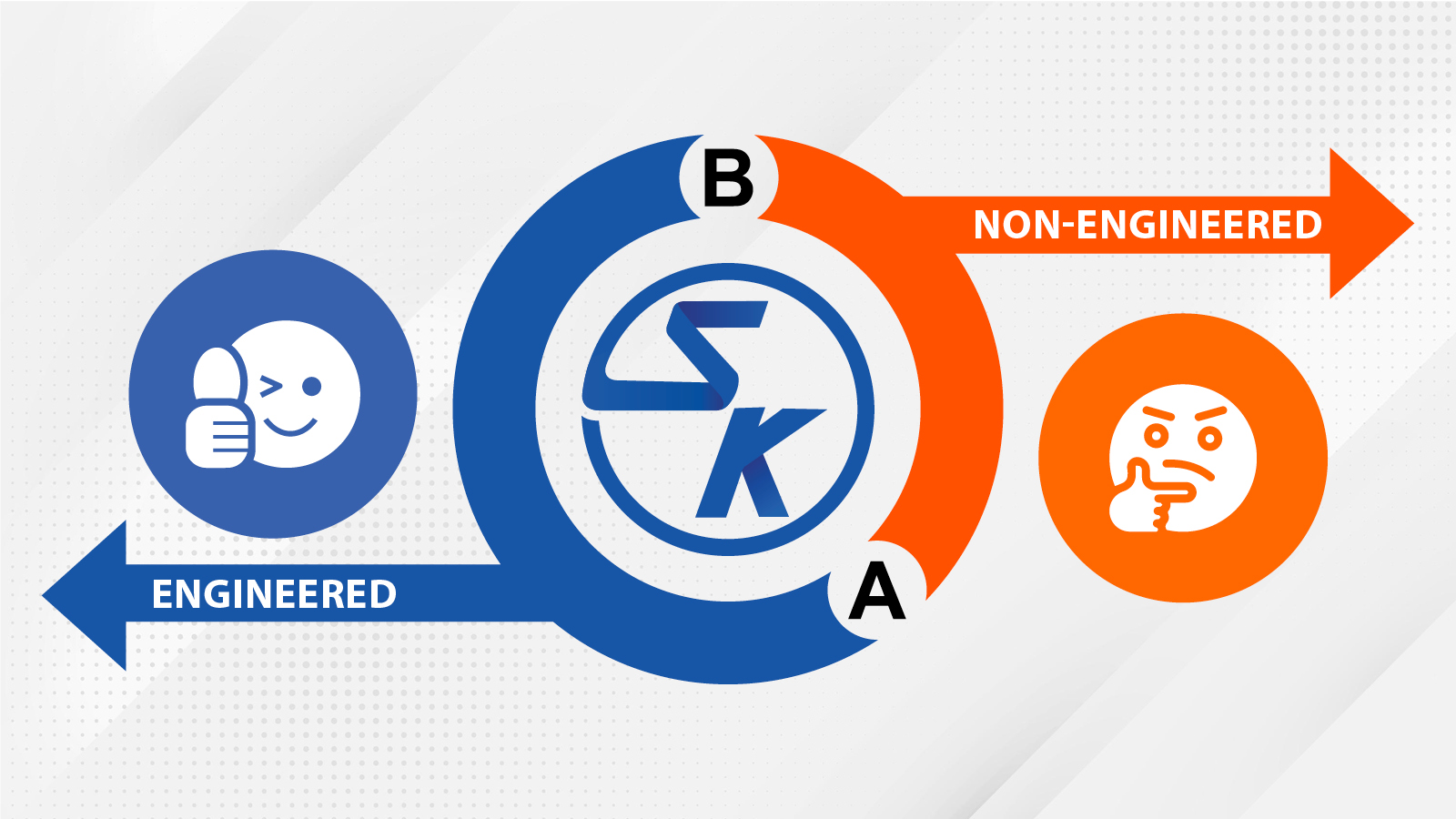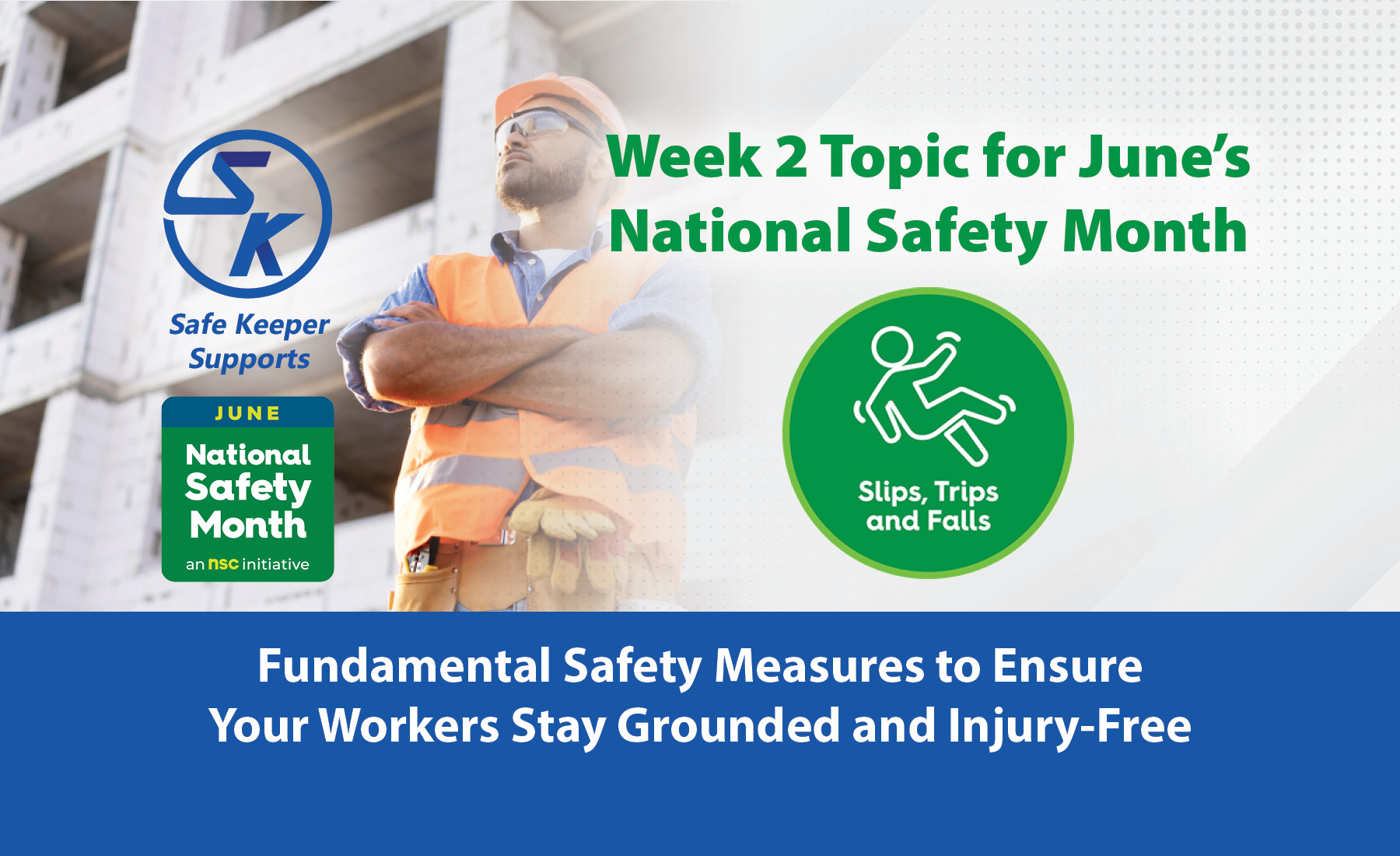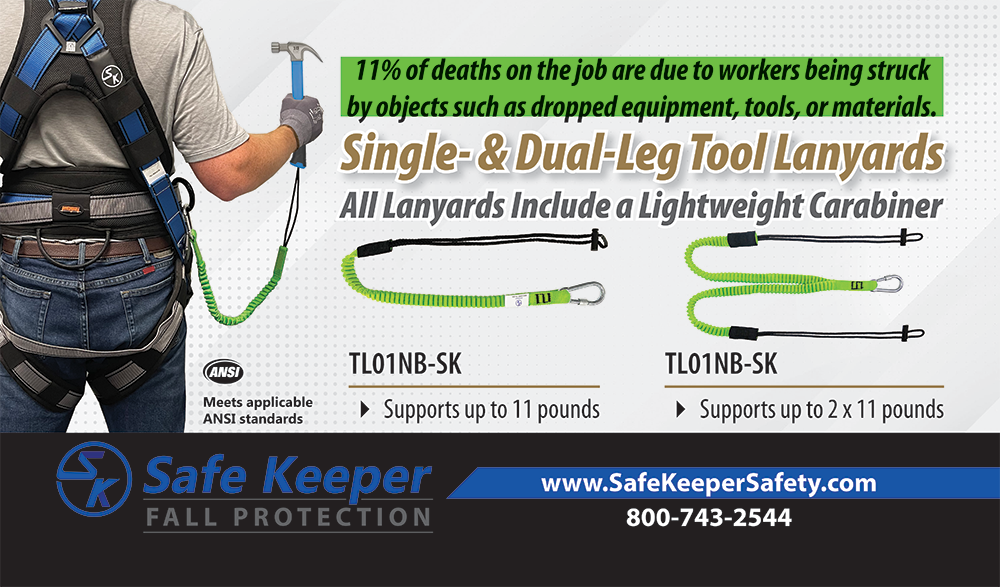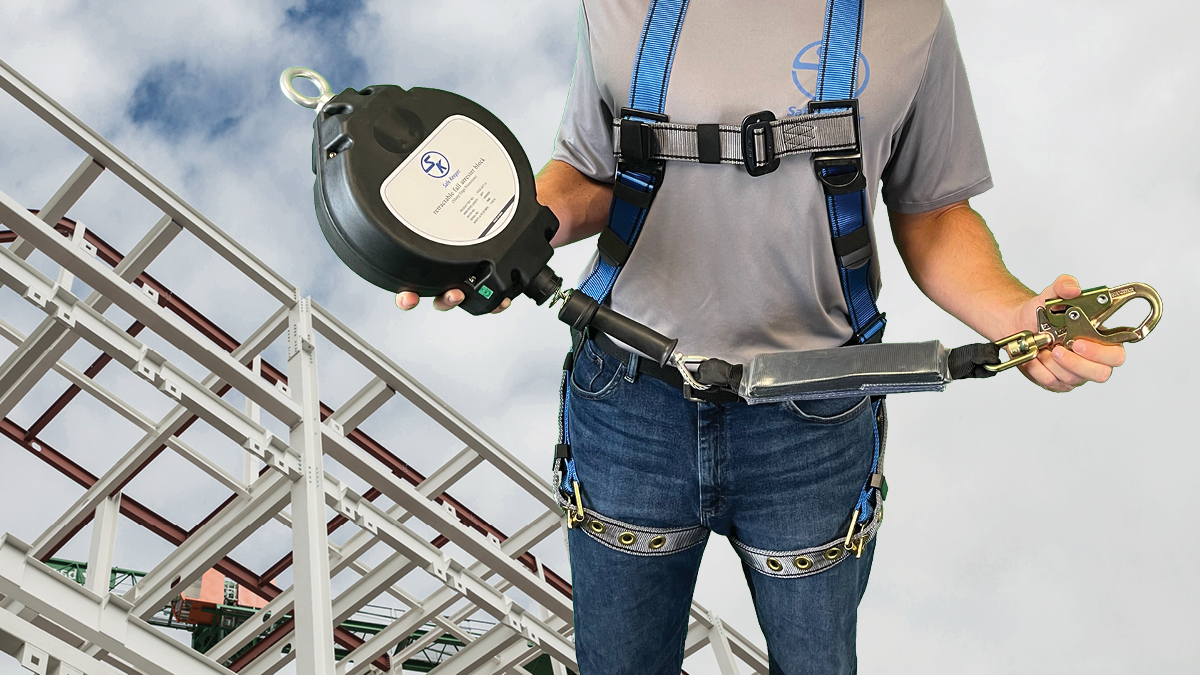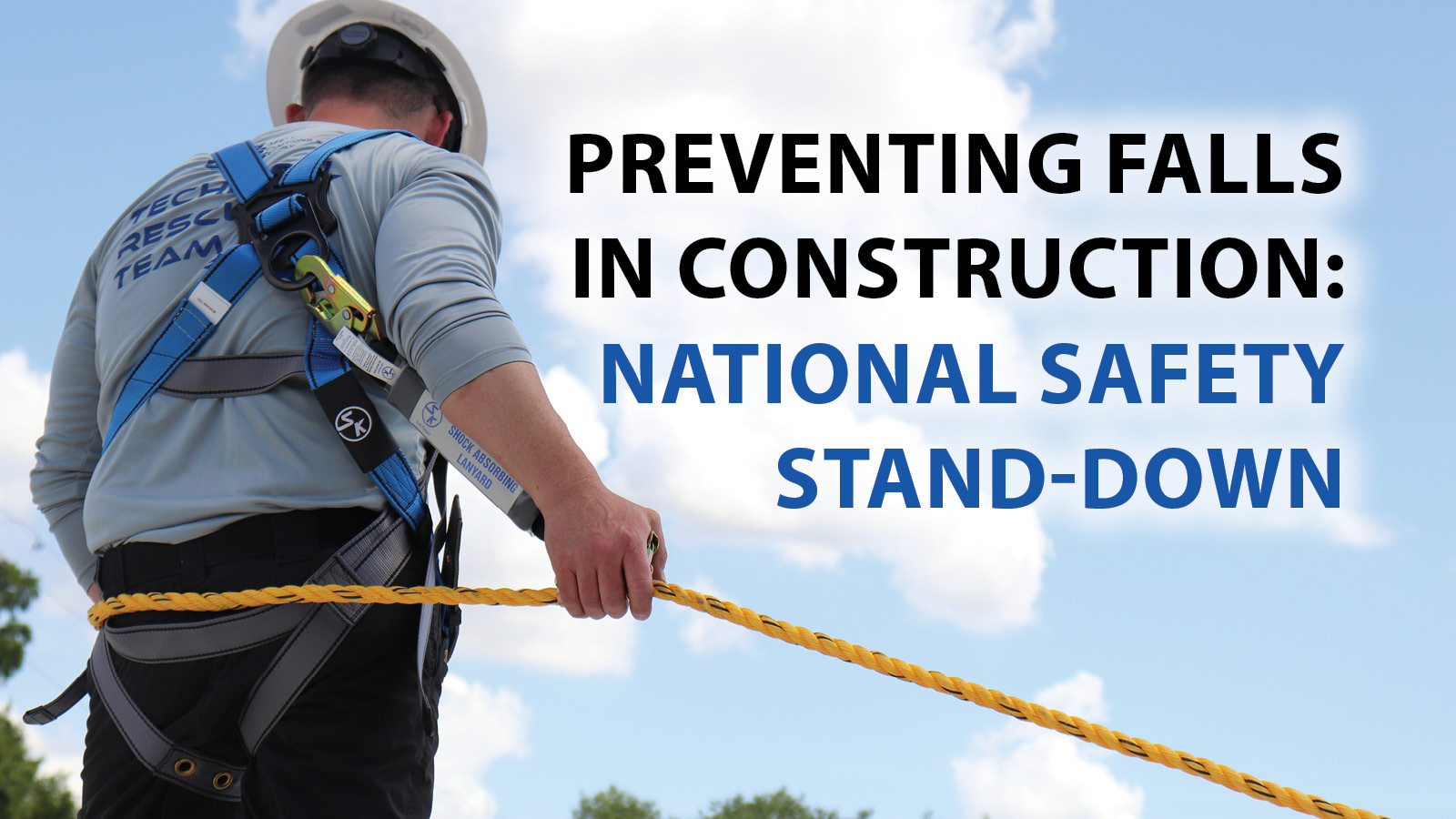Gain an understanding of the difference between engineered and non-engineered fall protection systems.
Fall protection systems function to save a worker’s life in the event of a fall. Therefore, governing organizations hold them to high standards meant to guarantee as much as possible that they serve that purpose every time. Accordingly, fall protection systems are classified as either engineered or non-engineered. See the difference between the two types of fall protection systems below.
Engineered Fall Protection Systems
Engineered fall protection has been designed and tested by a professional engineer, such as through performance drop testing, to validate the system and guarantee that it meets ANSI and OSHA requirements. Engineered fall protection systems and components do not require testing by the end-user or others. The necessary testing has already occurred to guarantee (as much as possible) that the fall protection system will serve its purpose and arrest a fall.
The only parts of a fall protection system that may need testing would be the anchor points unless they have been certified by a professional engineer or OSHA-defined qualified person.
While engineered systems do not need testing, they still need to be inspected daily and annually as set forth by OSHA and ANSI guidelines.
Non-Engineered Fall Protection Systems
Non-engineered fall protection systems have not been designed or tested by a professional engineer or a competent person. These fall protection systems must then be tested by distributors or the end-user via a competent person, as defined by OSHA and ANSI, to ensure they will arrest a fall if one should occur.
Per OSHA regulations, “Anchorages to which personal fall arrest equipment is attached shall be capable of supporting at least 5,000 pounds (22.2 kN) per employee attached, or shall be designed, installed, and used as part of a complete personal fall arrest system which maintains a safety factor of at least two, under the supervision of a qualified person.”
All Safe Keeper fall protection systems meet OSHA and ANSI standards, providing the end-user with peace of mind and saving time and money. In addition, we carry a wide array of fall protection products and accessories like harnesses, lanyards and self-retracting lifelines, anchorage, and more.
